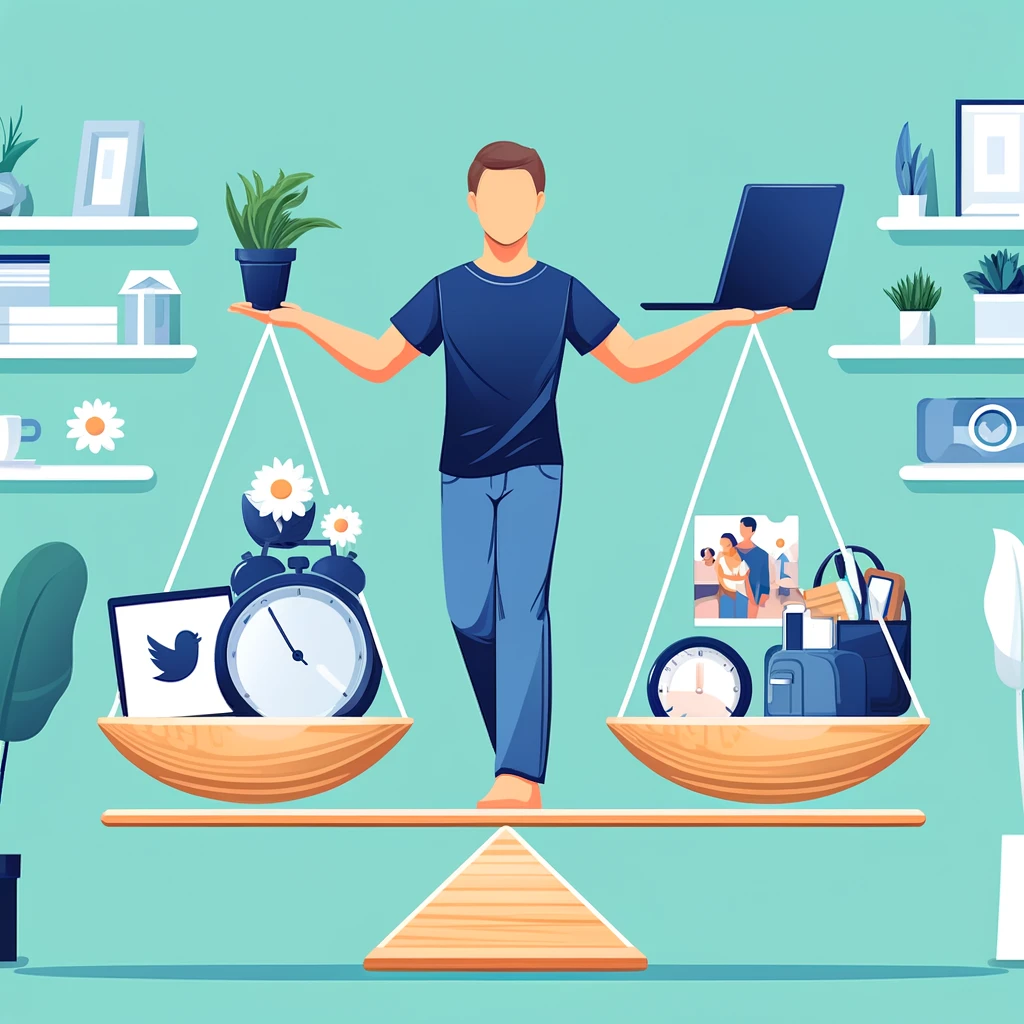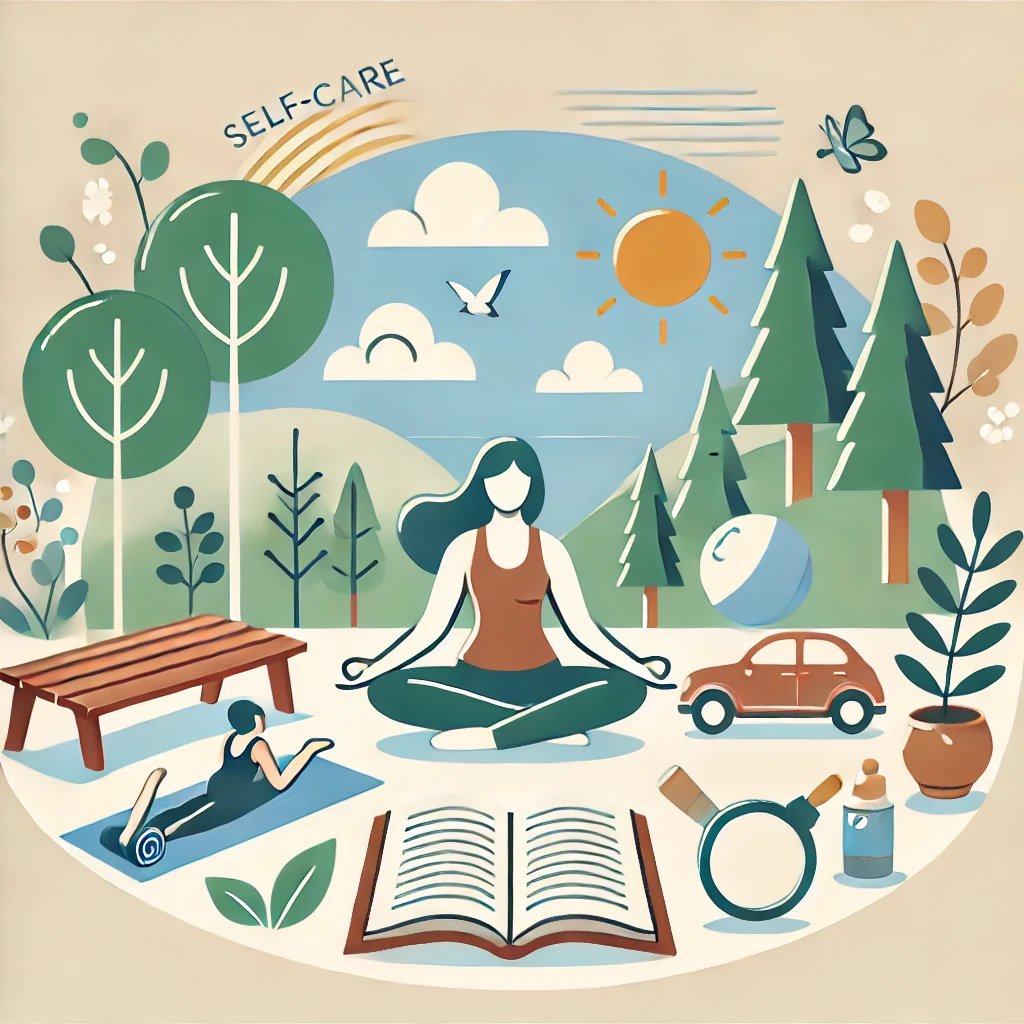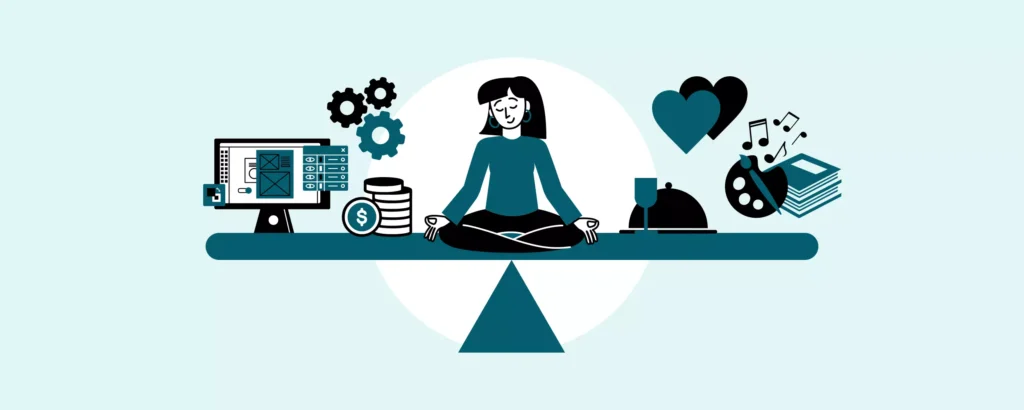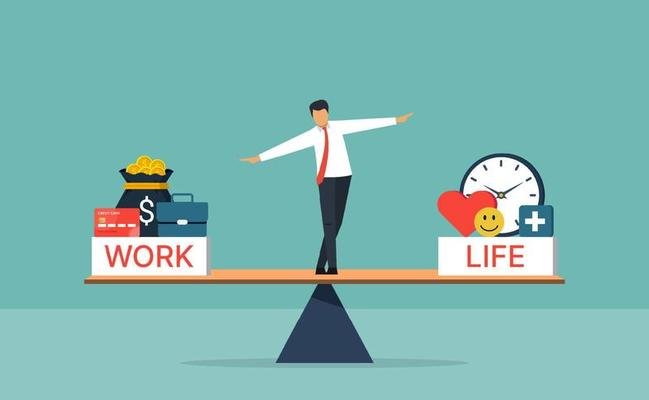Key Contents
How to Improve Your Work-Life Balance Today
Work-life balance is no longer a luxury; it’s essential for well-being and long-term productivity. Striking a balance between personal and professional life is increasingly challenging, but it’s achievable with the right strategies. In 2024, maintaining this balance has become even more crucial as the demands of work and personal life grow. Here’s how you can improve your work-life balance today and boost your mental, physical, and emotional health.
What is Work-Life Balance?
Work-life balance refers to the equilibrium between the time and effort you devote to your professional responsibilities and your personal life. It’s about creating a sustainable routine that enables you to fulfill your career obligations while also prioritizing your mental and physical well-being, relationships, and personal interests.

The concept of work-life balance is not just about dividing time evenly between work and life; it’s about ensuring neither aspect overwhelms the other. Maintaining a healthy work-life balance improves job satisfaction, reduces stress, and prevents burnout. It also encourages a more engaged, productive, and creative work environment. For individuals, this balance fosters better relationships, improved health, and personal fulfillment.
1. Set Clear Boundaries Between Work and Personal Life
One of the most important steps to improving your work-life balance is setting clear boundaries. Establish specific work hours and stick to them. Avoid checking emails or taking calls outside of your designated work time. This separation helps you stay focused during work hours and allows for quality personal time later in the day.
To start, create a workspace where work happens and nothing else. If you work remotely, having a defined workspace is key to keeping work from spilling into your personal life. This allows your brain to switch off once you’ve logged out for the day.
2. Prioritize Tasks to Maximize Efficiency
Effective time management is crucial for maintaining a work-life balance. Prioritize tasks at work and home, focusing on the most important items. Tools like Trello or Asana can help you track tasks and ensure you’re allocating time to the things that matter most.

For instance, schedule challenging tasks during your most productive hours. Whether you’re an early bird or a night owl, aligning your energy with the tasks that require the most focus can improve efficiency, allowing you more personal time.
3. Take Regular Breaks and Use Them Wisely
Breaks are essential for productivity and focus. Implementing techniques like the Pomodoro Technique, where you work for 25 minutes and take a 5-minute break, can help maintain energy throughout the day. Rather than using breaks to scroll through social media, consider going for a walk, stretching, or having a snack. This improves both physical and mental well-being, preventing burnout and enhancing focus.
4. Practice Self-Care and Prioritize Health
Your health is the foundation of a balanced life. Incorporating exercise, eating well, and getting enough sleep are non-negotiables for sustaining energy and reducing stress. Engage in activities that help you relax—whether it’s yoga, meditation, or reading—and treat these self-care routines as essential appointments.

By prioritizing self-care, you’ll notice increased energy, reduced stress, and better focus during work hours.
5. Use Technology to Support Balance, Not Disrupt It
Technology can both help and hinder work-life balance. Utilize apps that help with productivity and time management, but be mindful of screen time. Turn off notifications after work hours to avoid the temptation of checking work emails during personal time.
Apps like RescueTime or Focus@Will can block distracting sites during work hours, while apps like Calm or Headspace can guide you through mindfulness exercises, helping you de-stress.
6. Communicate with Your Employer About Flexible Work Options
If you’re struggling to balance your workload with personal commitments, don’t hesitate to have a conversation with your employer. Flexible work options like remote work, compressed workweeks, or even job sharing can make a significant difference in managing both personal and professional responsibilities. Companies are increasingly offering these benefits to help employees maintain a healthier balance.

7. Say “No” When Necessary
One of the hardest, but most essential, steps toward work-life balance is learning to say “no.” Overcommitting leads to burnout and takes away from your personal time. Be mindful of your workload and set realistic boundaries with colleagues. When new projects or tasks come in, assess whether you can realistically take them on without sacrificing personal time.
Conclusion: Small Steps Lead to Big Changes
Improving your work-life balance doesn’t require drastic changes. By setting clear boundaries, prioritizing tasks, taking breaks, practicing self-care, and utilizing technology wisely, you can regain control over your time. The benefits—better focus, reduced stress, and more personal time—will lead to greater overall happiness and productivity.
This revised article should give readers a clear understanding of work-life balance while providing actionable tips to improve it. Let me know if you’d like more adjustments!
For Latest News Updates, Click Here.
